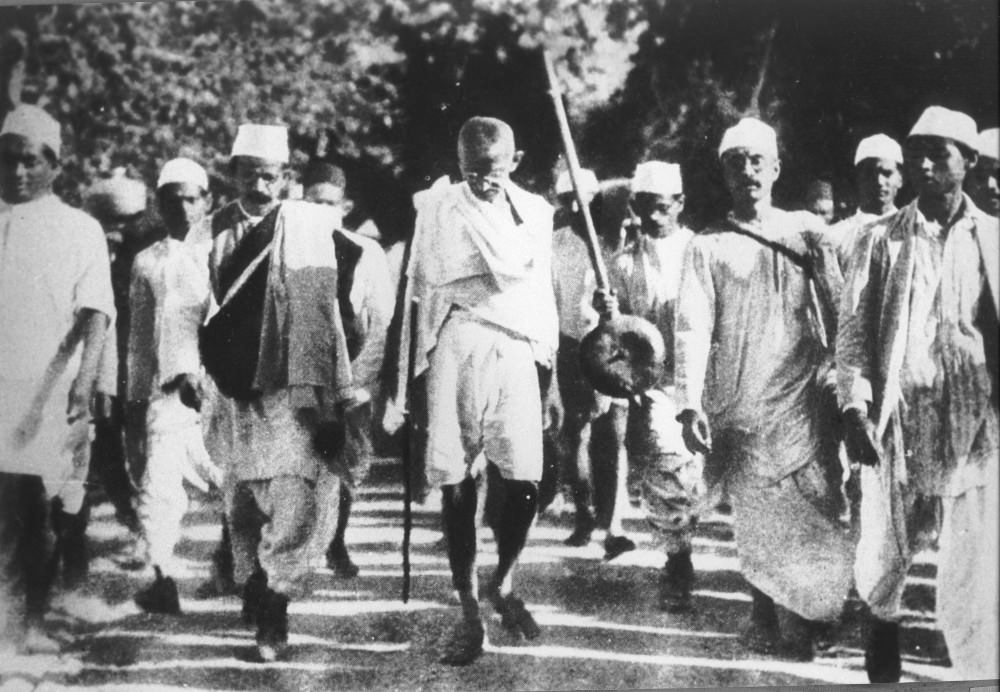Indian National Independence


India
The Indian National Congress was formed in 1885 as an all-Indian secular political party in an effort to increase the role of Indians in the governance of India. The Indian Councils Act 1909 – commonly called the Morley-Minto Reforms after Lord John Morley, the secretary of state for India, and Lord Minto, the Viceroy of India – provided a limited increase in self-governance by allowing Indians to be elected to legislative councils, attempting to appease Indian upper classes following Lord Curzon’s failed partitioning of Bengal in 1905. This changed little in practical terms and was followed in 1919 by the Government of India Act (implemented in 1921), which established a bicameral national parliament (including the Legislative Assembly and the Council of State) and extended suffrage to about five million educated and landowning Indians. This Act covered ten years and instigated the Simon Commission, after Chairman Sir John Simon, which included seven British members of Parliament. It ran from 1927 until 1928 offering the limited recommendation of Indian representative government in the provinces.
In 1935, following two round table conferences in 1930 and 1931 led by the newly instituted Viceroy Lord Irwin, the Government of India Act was introduced. This Act provided for an elected Indian official to contribute to Indian governance in all but defence and foreign affairs, and for the establishment of representative government in the provinces. The Congress Party criticised this Act for failing to provide dominion status for India, and because ruling princes failed to recognise the provincial assemblies in many areas. Further discontent with the British during World War Two fuelled support for the Indian Congress Party, most notably in the “Quit India” campaign. Wary of the Congress Party, the Muslim League– the representative body of India’s major ethic minority – had previously advocated for partition, using the mass resignation of Congress Ministers at Britain’s decision to enter India in World World Two as a means to consolidate its political significance. Weakened post-war, and led by a Labour Party that had historically been more open to India’s secession, partition was hastily pursued by the newly arrived Lord Louis Mountbatten. Partition instigated the largest migration in human history and the associated religious violence involved the deaths of an estimated 200,000 to 2,000,000 people. – Liam Grealy
Further reading:
– Chandra, B. et al. (1989). India’s struggle for independence: 1857-1947. New York: Penguin.
– Chatterjee, P. (1993). The nation and its fragments: Colonial and postcolonial histories. Princeton: Princeton University Press.
– Jaikumar, P. (2006). Cinema at the End of Empire: A politics of transition in Britain and India. Durham: Duke University Press.
– Metcalf, B. D., & Metcalf, T. R. (2006). A concise history of modern India. Cambridge: Cambridge University Press.